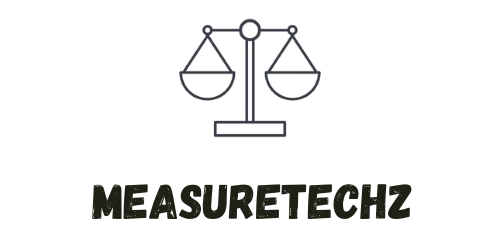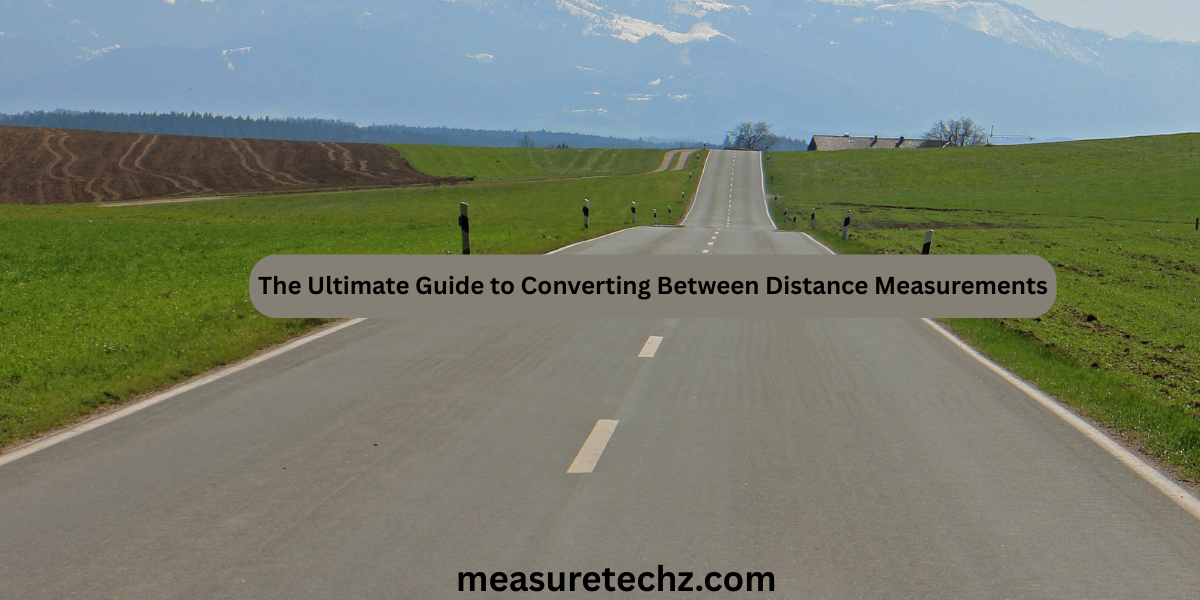In a world that relies heavily on precise measurements, understanding how to convert between different distance units is essential. Whether you’re working on a DIY project, traveling internationally, or dealing with scientific calculations, having a reliable method for converting distances is invaluable. This guide will explore various distance measurement units, the best tools for conversion, and how to use them efficiently.
Why Distance Conversion is Important

- Global Standardization: Different countries use different measurement systems (metric vs. imperial).
- Scientific and Engineering Applications: Accurate conversions are crucial in research, engineering, and construction.
- Navigation and Travel: Travelers and logistics companies need to understand distance conversions for mapping and fuel calculations.
- Fitness and Sports: Athletes and fitness enthusiasts track distances in varying units, depending on the region.
Common Distance Measurement Units
Metric System (Used in most of the world)
- Millimeters (mm)
- Centimeters (cm)
- Meters (m)
- Kilometers (km)
Imperial System (Used in the US, UK, and a few other regions)
- Inches (in)
- Feet (ft)
- Yards (yd)
- Miles (mi)
Nautical Measurement Units (Used in maritime and aviation)
- Nautical miles (nmi)
- Fathoms (used in marine depth measurement)
- How to Convert Between Distance Units
Manual Conversion Using Conversion Factors
Using conversion formulas, you can manually switch between units:
- Inches to Centimeters: Multiply by 2.54 (1 inch = 2.54 cm)
- Feet to Meters: Multiply by 0.3048 (1 ft = 0.3048 m)
- Miles to Kilometers: Multiply by 1.60934 (1 mi = 1.60934 km)
- Kilometers to Miles: Multiply by 0.621371 (1 km = 0.621371 mi)
Online Conversion Tools
There are many online tools available to simplify distance conversion, including:
- Google Search Converter: Simply type “10 miles to km” for instant results.
- UnitConverters.net: A dedicated site offering multiple unit conversions.
- Calculator Soup: Provides step-by-step conversion explanations.
- Metric-Conversions.org: Covers a wide range of unit conversions.
Mobile Apps for Distance Conversion
If you need conversions on the go, consider these mobile apps:
- Convert Pad (Android)
- Units Plus Converter (iOS & Android)
- Easy Unit Converter (iOS & Android)
Real-World Applications of Distance Conversions
Travel and Navigation
- Road signs in the US display miles, while those in Europe show kilometers.
- Air travel calculations often use nautical miles.
Construction and Home Improvement
- Blueprint measurements may need to be converted between metric and imperial units.
- Ordering materials from international suppliers may require unit conversions.
Fitness and Sports
- Running events are measured in both miles and kilometers (e.g., 5K vs. 3.1 miles).
- Treadmills and fitness devices offer unit options based on regional preferences.
Tips for Accurate Distance Conversions
- Use a reliable conversion tool rather than estimating.
- Double-check results, especially for engineering or financial calculations.
- Be aware of rounding errors when converting between units.
- Consider the context (e.g., nautical miles are different from land miles).
Conclusion
Understanding and converting between distance measurements is essential for daily life, travel, business, and scientific applications. Whether you prefer manual calculations, online converters, or mobile apps, having the right tool for the job ensures accuracy and efficiency. Next time you need to switch between miles, kilometers, feet, or meters, you’ll be well-prepared with the knowledge and tools from this guide.

